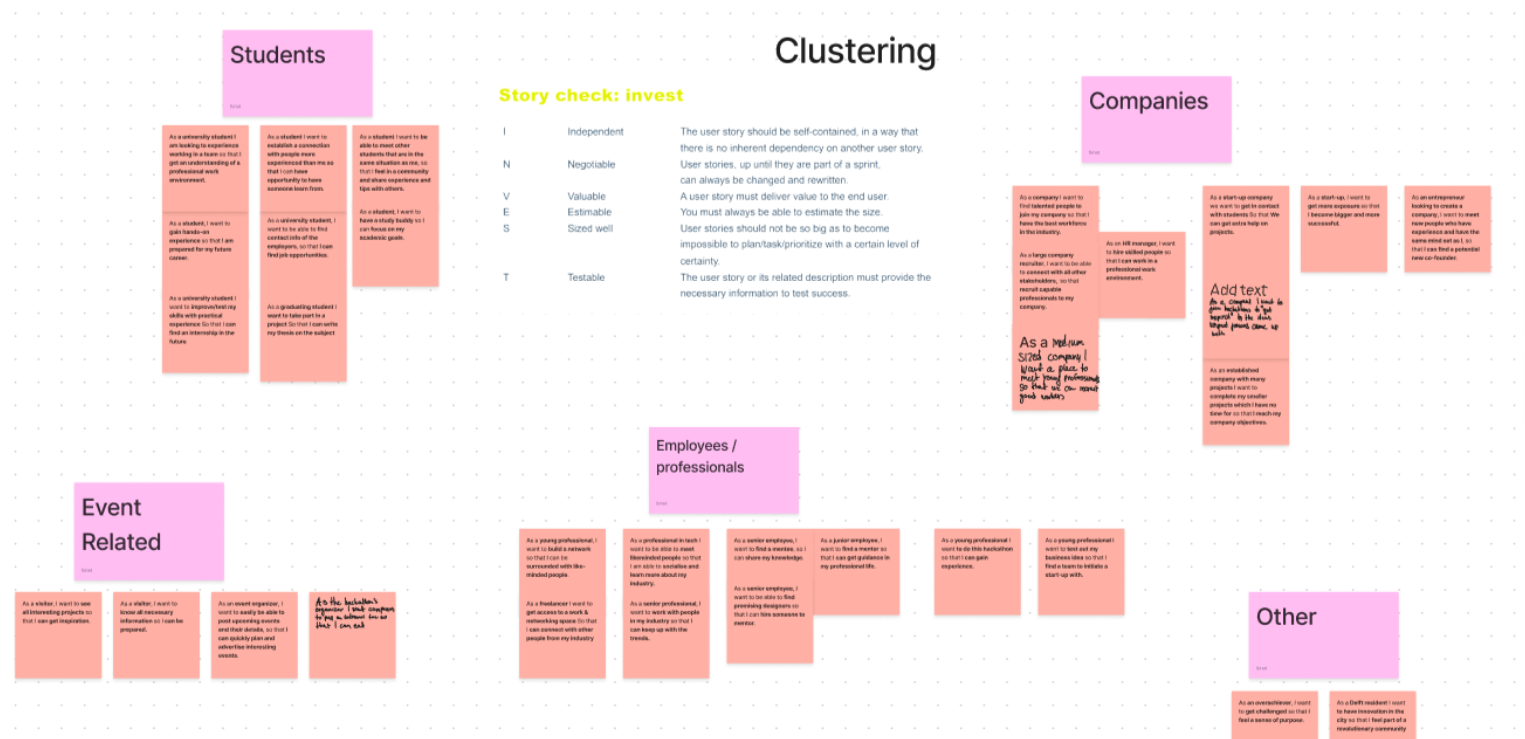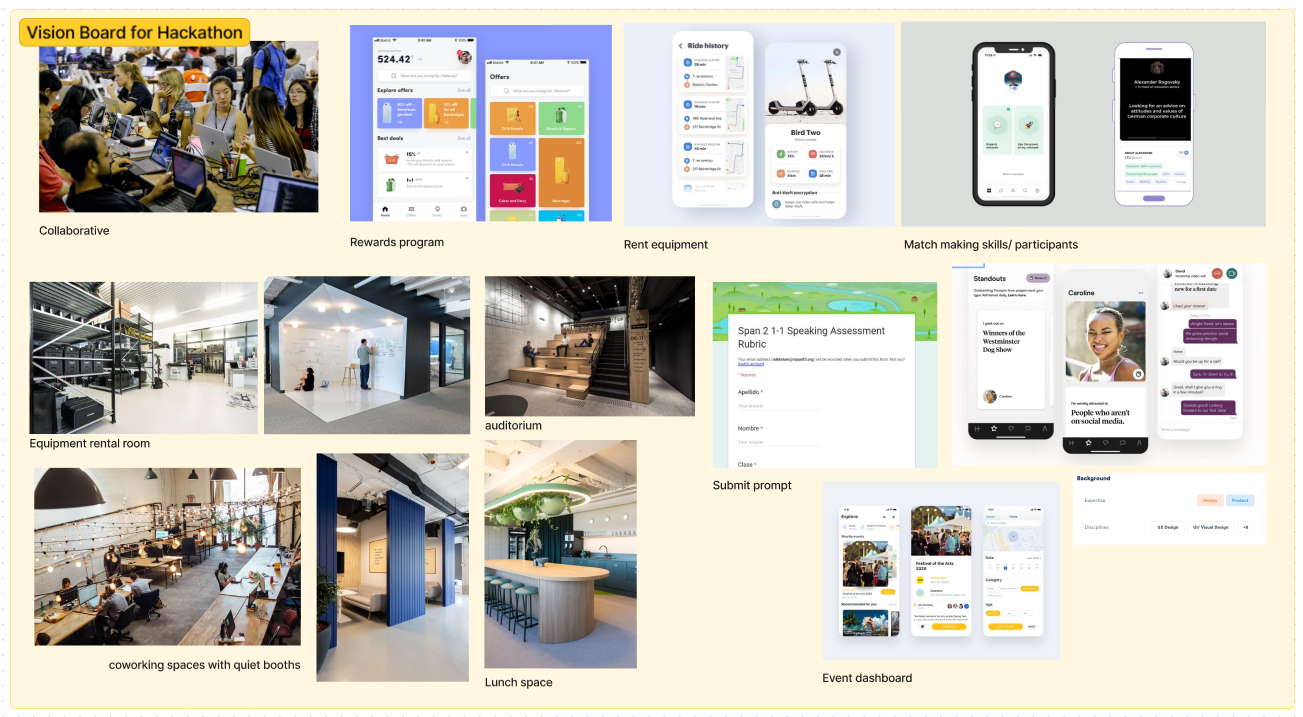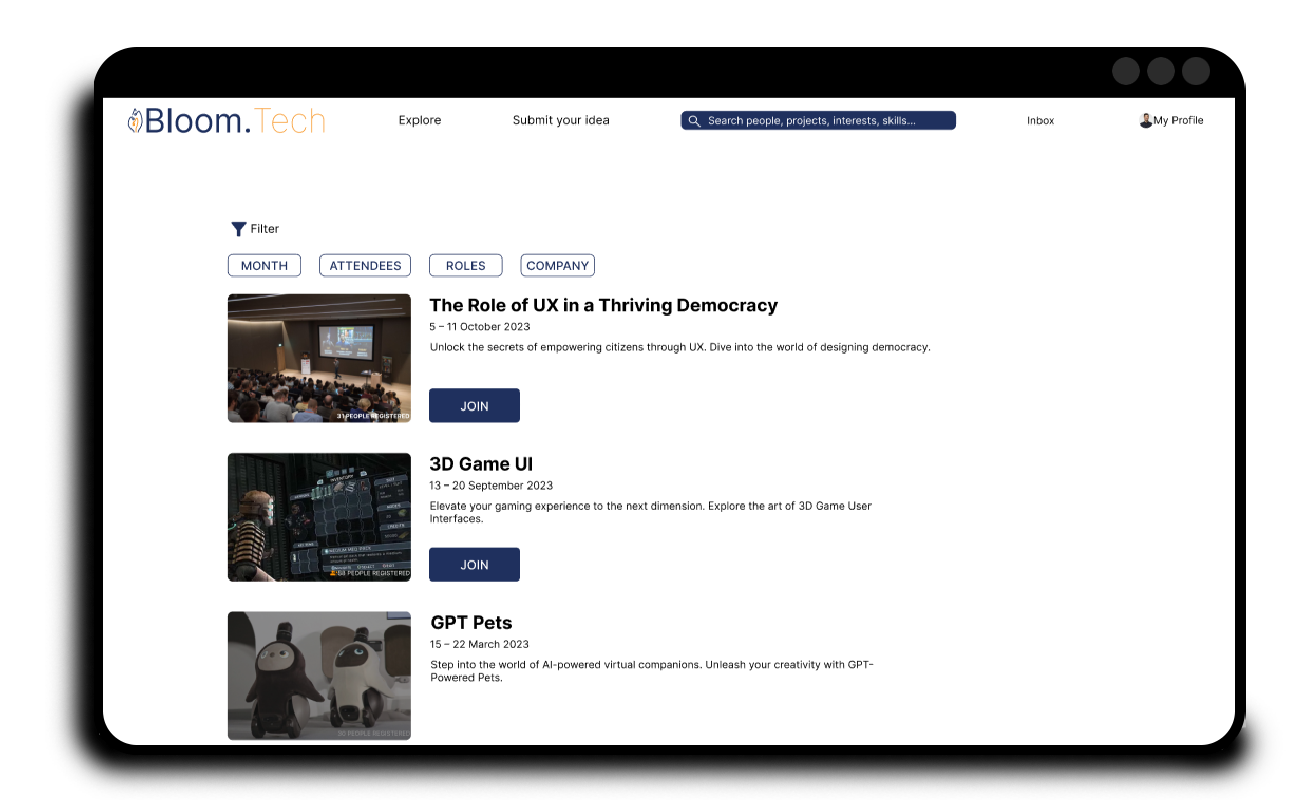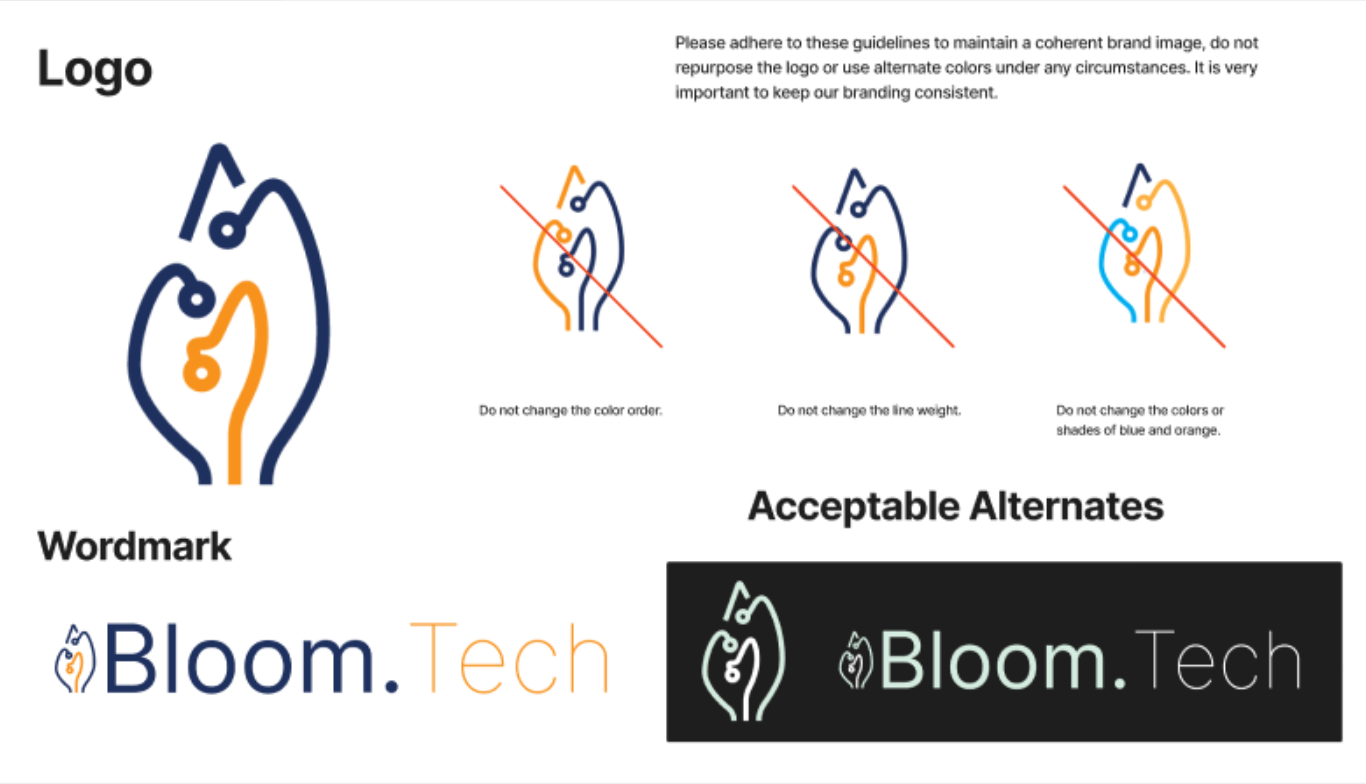

> What are the pain points?
> What are their needs?
> What are their wants?
1. User Stories to contextualise our sprints
2. Personas and User Journey Map
3. Competitor Analysis
> As this university assignment was in large part focused on getting a practical introduction to agile collaboration, specifically the scrum method, we focused heavily on creating a variety of well defined user stories
> Defined our key users: Companies, Designers and Students





> Companies are looking for better ways to find new designers with fresh perspectives
> Students desire practical experiences, and more exposure to current designers and potential mentors/employers
> Designers are looking for both aspects; promising designers for their own teams, learning experiences and the ability to network with other companies


How might we make the events system more personal, fun and engaging?
How could we put the decision of the event topics in the hands of users?
How can we additionally reward users for achieving in the events?
Directly allowing users to create the pool of potential event topics.


Rewarding consistent and well performing users with more sway in the final event topic choice.



Granting quickly visible levels and achievements on user profiles to boost networking ability within the community.
The token icon, level icons and badges were all personally designed on illustrator.












